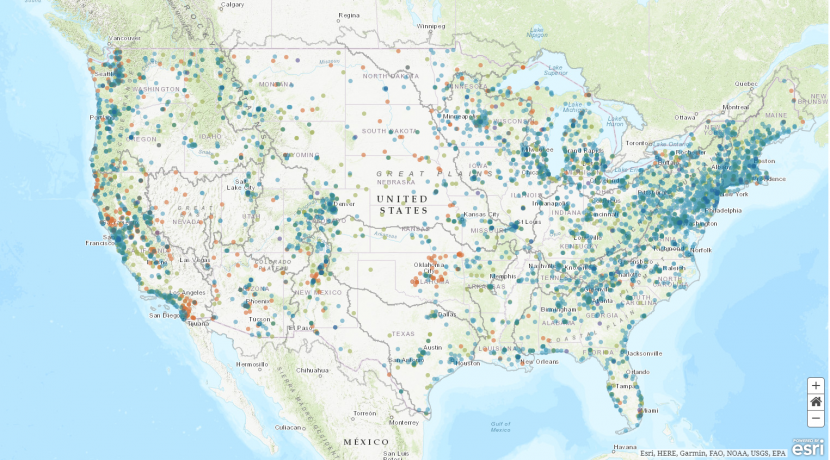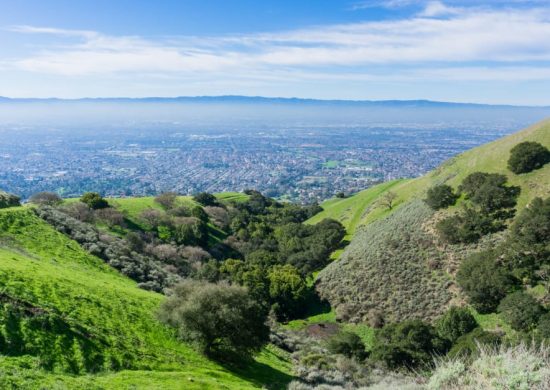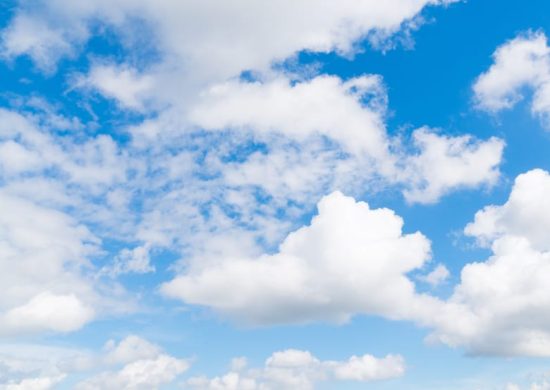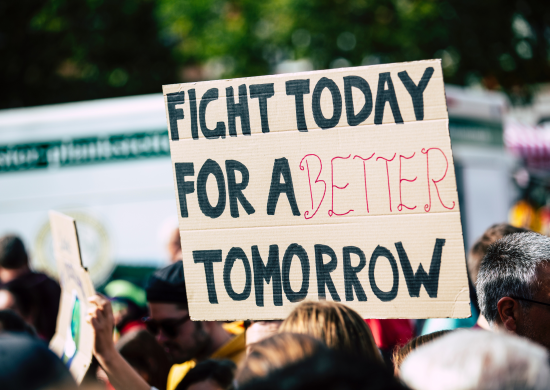Before joining Pisces Foundation, I served as the director of California Coastkeeper Alliance. In that capacity, I worked closely with California Waterkeeper organizations on their community water science efforts. My Waterkeeper friends helped organize dedicated volunteers on nights and weekends to complete various projects, including restoring a local creek bank, monitoring bacteria levels of inland rivers during warmer months to gauge their safety, or heading out during a storm, fire, or emergency to monitor how the water and wildlife were being impacted.
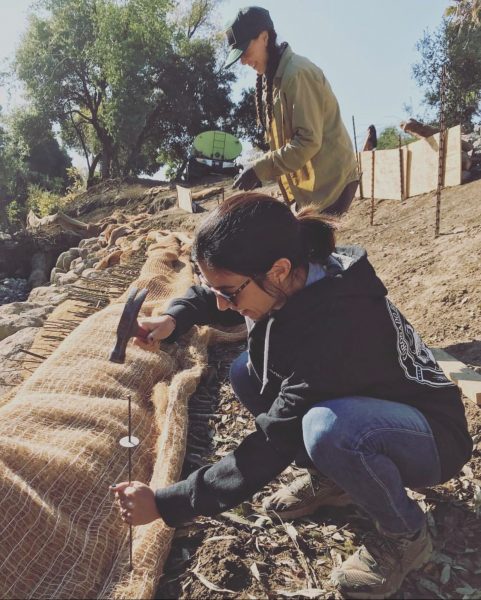
Community leaders across the country are doing this type of work to test drinking water safety, detect toxic algal outbreaks, and perform countless other crucial functions that governments may not have funding for or even awareness of the need for funding. This is truer now than perhaps it has ever been, as science is being defunded and challenged in many respects. The work of these community leaders ensures we know if water is safe to enjoy, fish are safe to eat, water is safe to drink – or in Clean Water Act parlance – whether water is swimmable, fishable, and drinkable.
Community scientists play a vital role by providing trusted information about local water conditions to help people make decisions that affect their health and well-being. Having the latest information about the quality of water used for drinking and swimming, or the potential for flooding during a storm, can drive policy reforms and funding decisions that serve the public.
That’s why Pisces supports the Water Data Collaborative, a network of academic, governmental, and nonprofit institutions dedicated to harnessing the power of community-based water quality monitoring data. The Water Data Collaborative seeks to connect thousands of community-based and nonprofit organizations working on the ground to protect their local water resources and empower them to share their data and knowledge with their communities.
The Collaborative recently collected stories and developed an interactive story map that demonstrates how members’ community science efforts can protect public health, relay critical information during emergencies, and give people a way to make a difference in their local watersheds. You may discover some unexpected partners like hunters and Girl Scouts.
One Water Data Collaborative member is the Izaak Walton League of America, an organization of hunters, anglers, and outdoor enthusiasts dedicated to the sustainable use of natural resources. Its Save Our Streams program is encouraging everyone to check water quality in local creeks and streams through clean water projects with Girl Scouts and Boy Scouts.
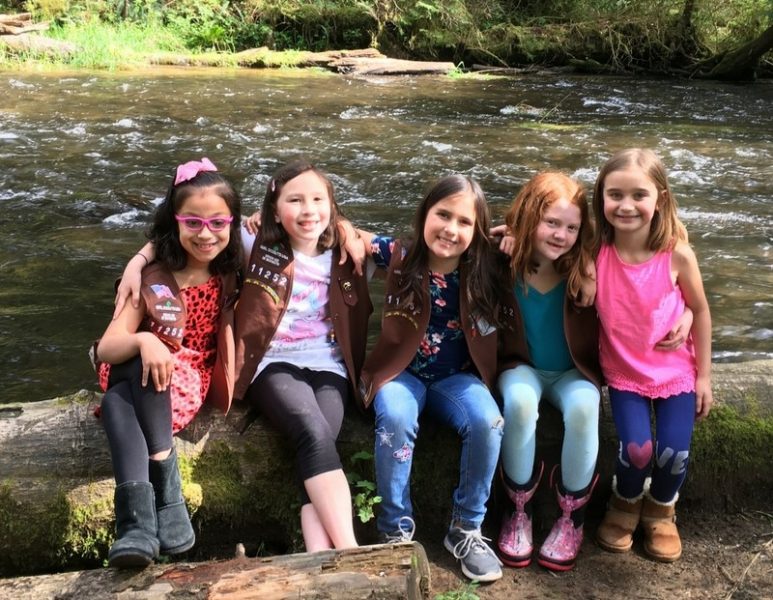
Another Collaborative member, the River Network works with local partners such as the San Juan Bay Estuary Program, which organized community members in Puerto Rico to assess impacts from Hurricane Maria and develop a plan to remedy impacts. Volunteers planted nearly 3,000 red mangrove seedlings to rehabilitate areas impacted by the hurricane.

Photo Credits: Estuario De la Bahia de San Juan @estuariosanjuan
The Collaborative’s work ensures that community science is part of the Internet of Water project, which make water data more readily discoverable, easily accessible, of known quality, and put to use to inform decisions that transform how we manage our water resources. Pisces believes that platforms like the Internet of Water that make water data more useful and usable can empower affected communities to engage in decisions around water. And we know that non-governmental and community watershed organizations have a vital role to play in collecting and sharing monitoring data.
Take a tour of the Water Data Collaborative Story Map and meet the community heroes who are taking science into their own hands to keep their communities and local waters safe.
